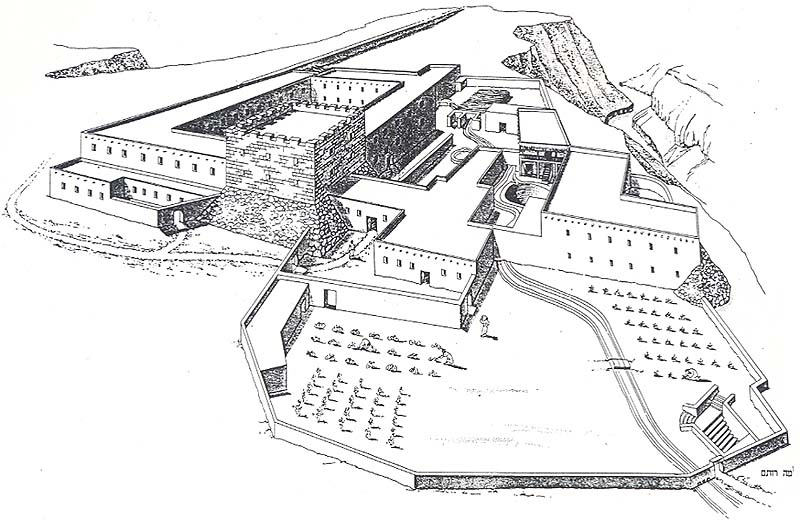Image Details

Shlomo Rotem/Courtesy Yizhar Hirschfeld
The farm hypothesis. Archaeologist Yizhar Hirschfeld proposes that Qumran was a civilian residence, perhaps a fortified farm, as this drawing illustrates, rather than a military or religious establishment, as others have suggested. The multiple entrances to the compound, and the lack of a large courtyard (suitable for military assemblies), he argues, make it unlikely that the settlement was a military fortress. Do other features, such as the large defensive tower (marked in gold on the plan), contradict the private residence theory? No, says Hirschfeld, who points to numerous contemporaneous towers that served as protection for land owners of agricultural estates. (This drawing is from the north. The entrance at lower right appears at top left on the plan.)
